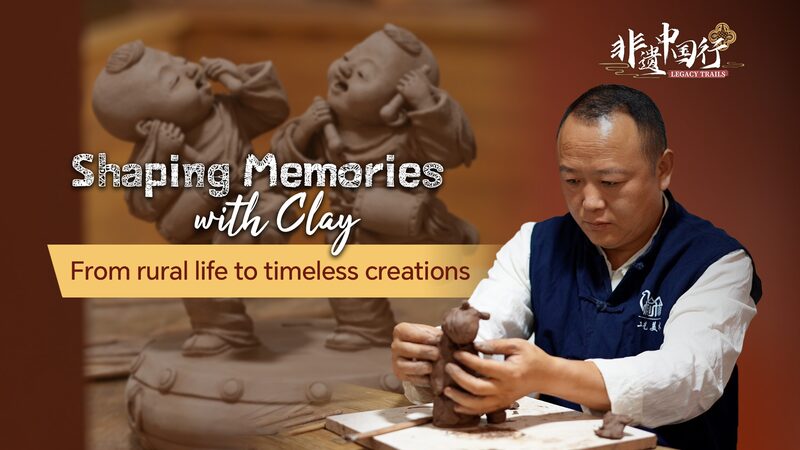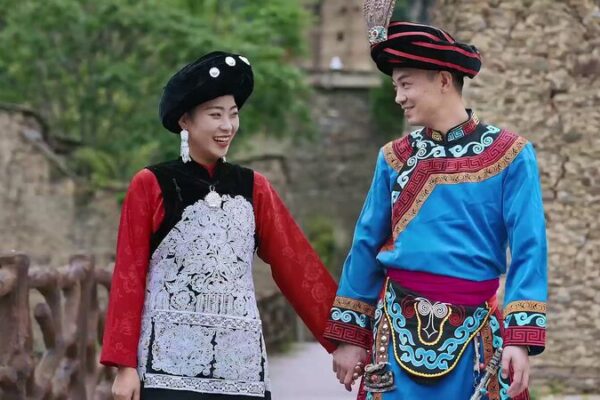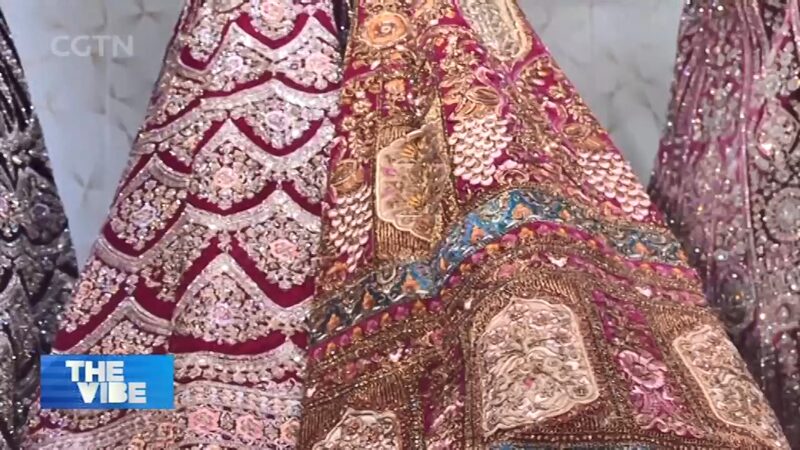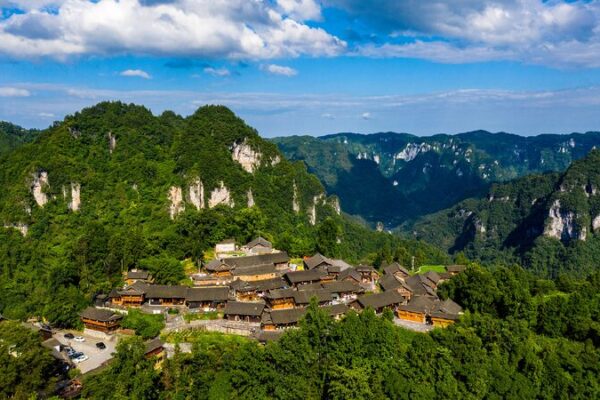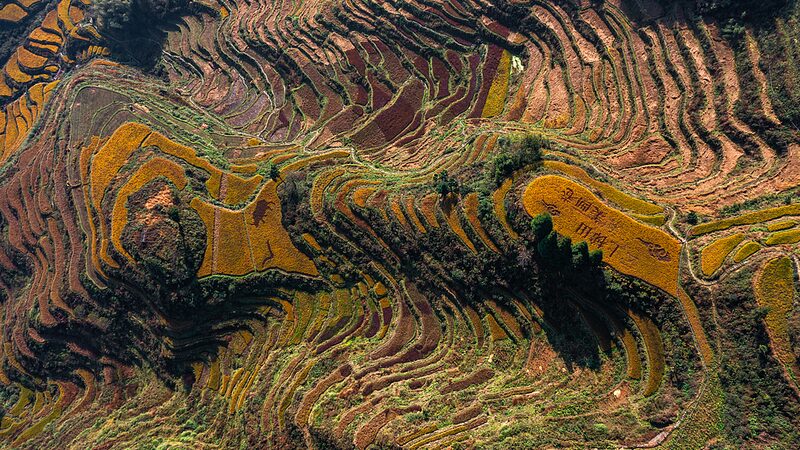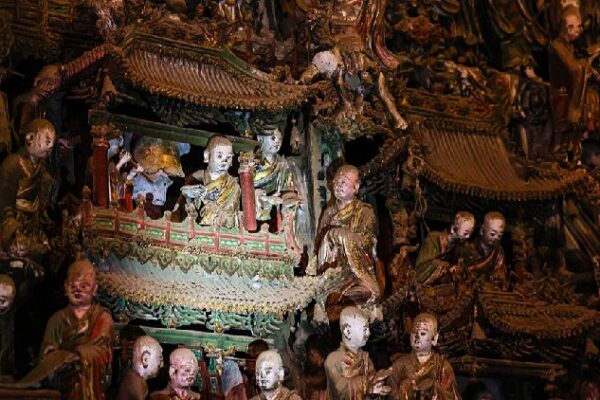In the quiet villages of Shaanxi Province in northwest China, clay sculptor Cui Haihai is on a mission to preserve the soul of rural life. For over 20 years, Cui has been molding his childhood memories into intricate clay sculptures, capturing scenes that reflect the traditions and communal joys of the 1970s and ’80s.
“Through my sculptures, I hope to recreate the rural life of my youth,” Cui shares. His artworks depict vivid moments like threshing fields during the autumn harvest and the vibrancy of traditional wedding ceremonies. Each piece is a snapshot of a disappearing way of life, bringing to life the beauty of tradition and the warmth of community.
The artistry behind Cui’s sculptures is as meticulous as it is heartfelt. He ferments red glue clay for months to achieve the perfect consistency. To prevent cracks, he carefully shapes the figures to be hollow. Observing real-life expressions is essential for him to breathe authenticity into his creations.
But for Cui, clay sculpture is more than just art—it’s a legacy. “What I’ve been holding on to is meaningful for future generations,” he says. “So they know that in our era, someone created these sculptures. It’s a valuable memorial for those who come after us.”
Committed to passing down this heritage, Cui spends his free time teaching children the basics of clay art. He marvels at their creativity and imagination, believing that involving youth is key to keeping the craft alive. “It’s important to bring this craft into schools,” he emphasizes. “Then it’s passed down, keeping the craft alive.”
Cui’s dedication not only preserves a cultural tradition but also inspires a new generation to appreciate and continue the art of clay sculpture, ensuring that the stories and spirit of rural China endure.
Reference(s):
cgtn.com
